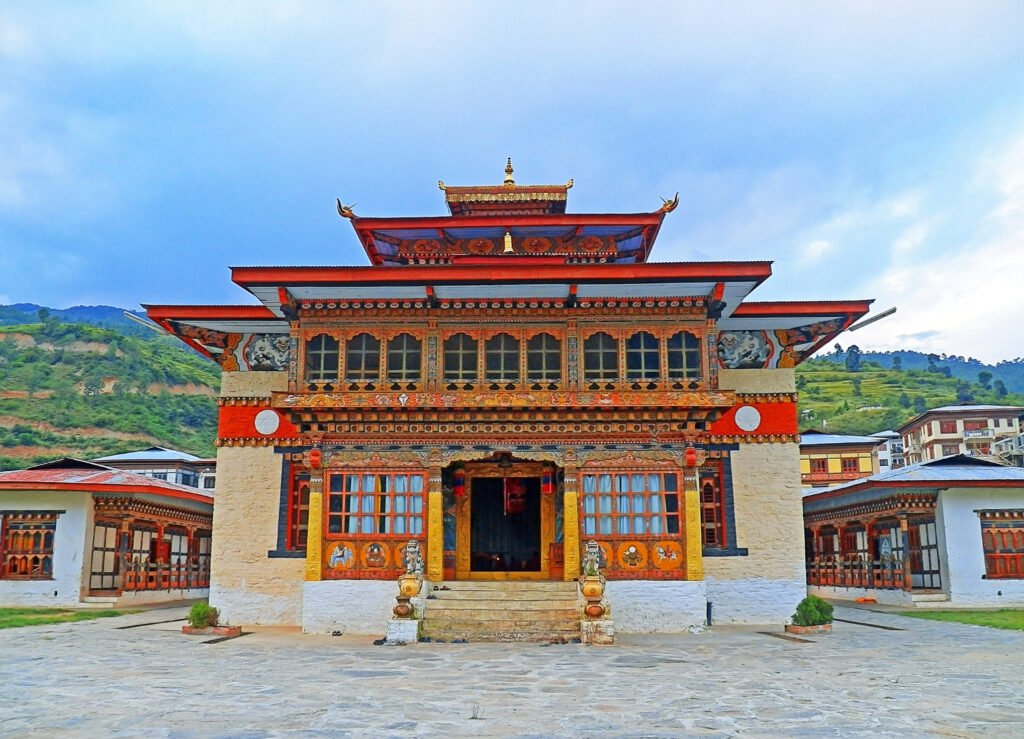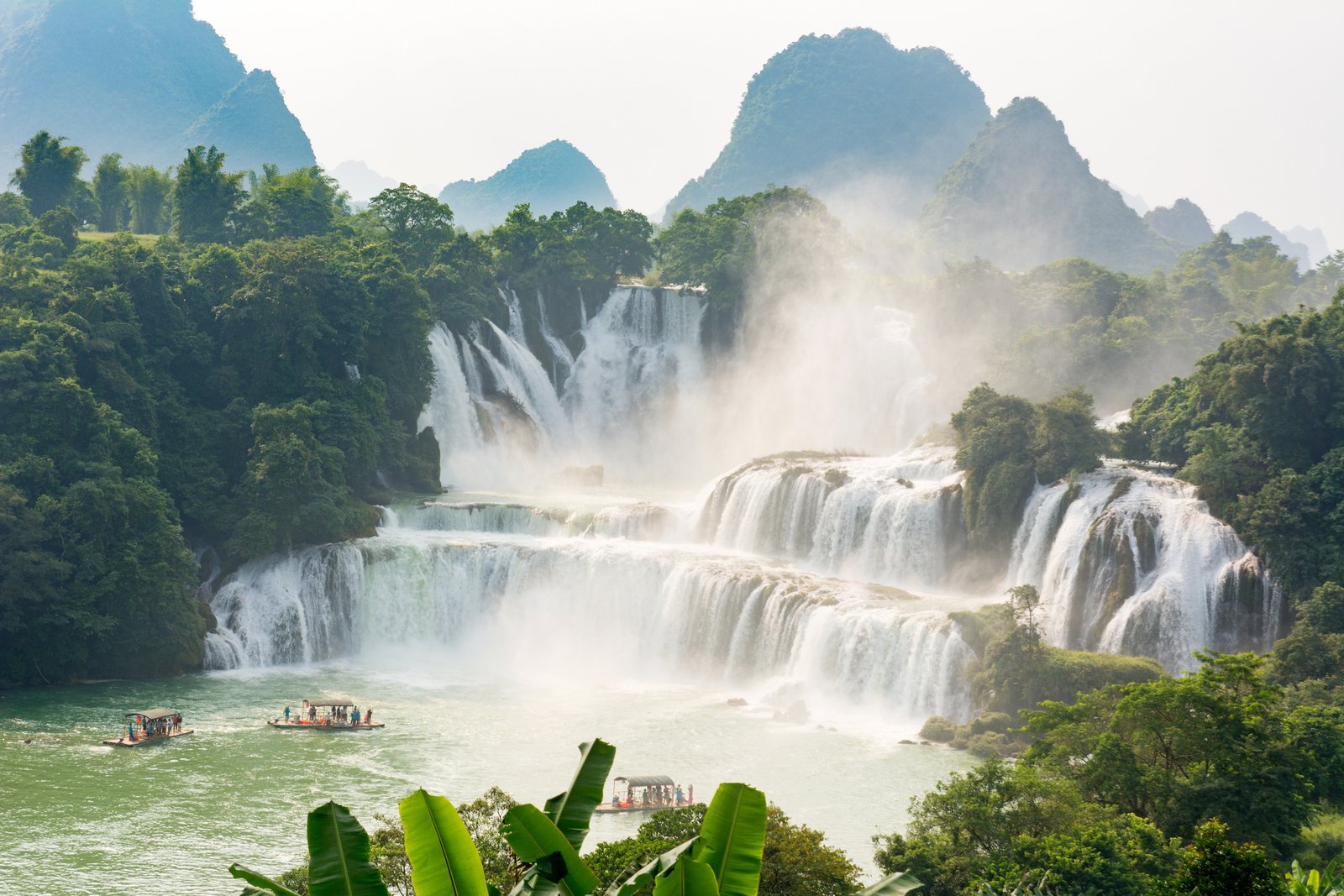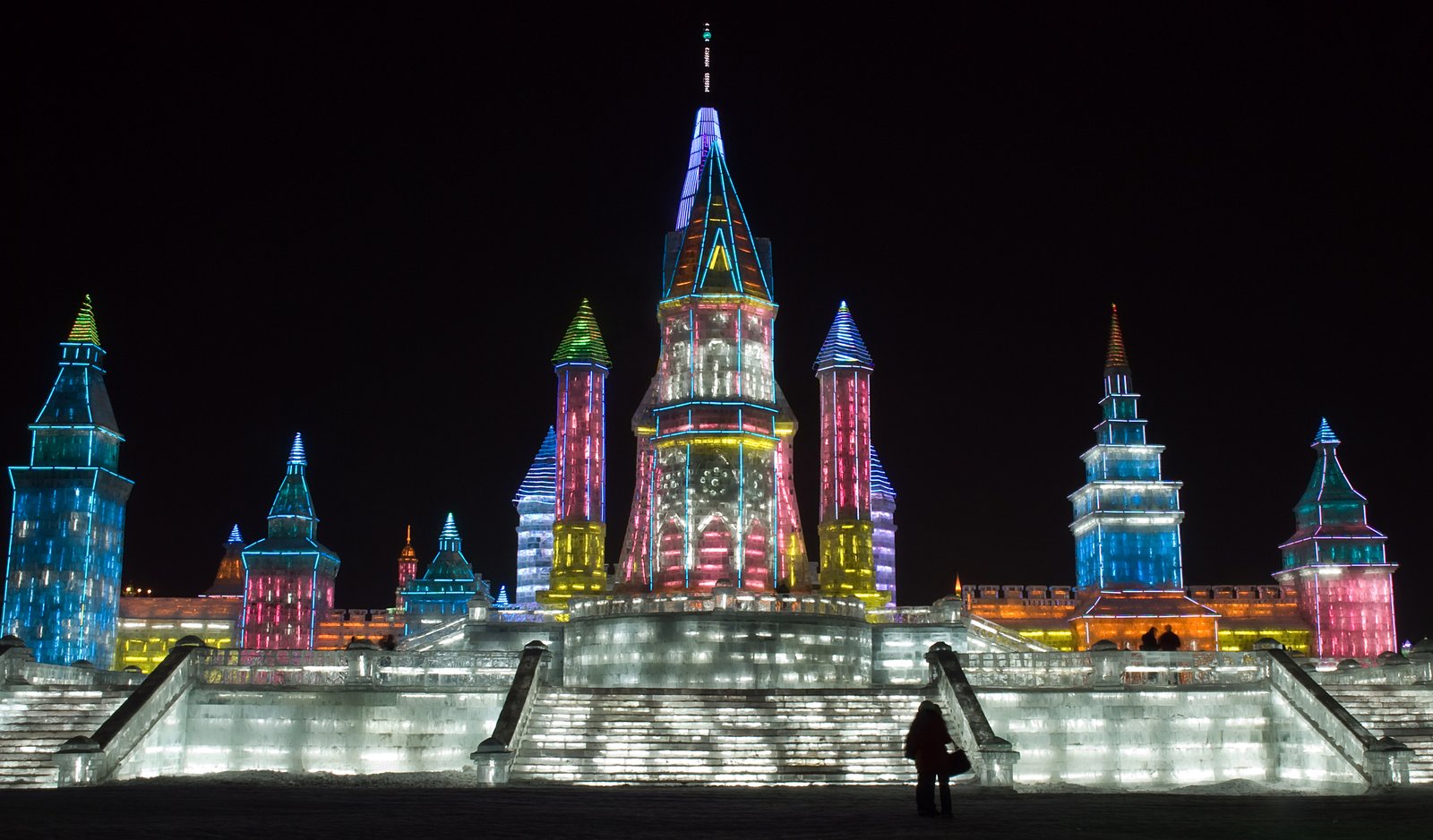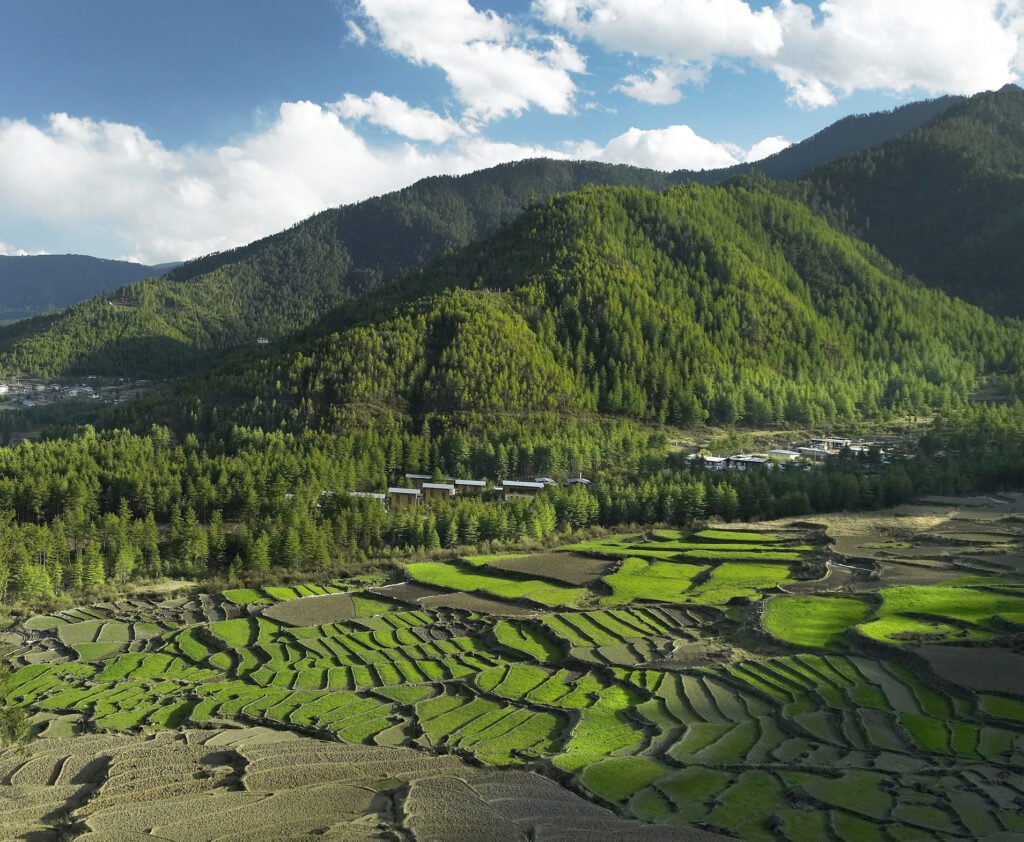
Bhutan, the Land of the Thunder Dragon, isn’t just a kingdom of breathtaking landscapes and ancient monasteries. It’s also a hidden culinary gem, offering a unique and flavorful gastronomic experience that is deeply intertwined with its culture, spirituality, and commitment to Gross National Happiness. While often overlooked on the global culinary map, Bhutan deserves recognition for its bold flavors, fresh organic ingredients, and a cuisine that reflects its unique identity. Let’s embark on a journey to discover why Bhutan is among the best culinary locations in the world, delve into its rich history, and uncover the unforgettable food adventures that await in this captivating Himalayan kingdom.
Why Bhutan Deserves Its Place Among the World’s Best Culinary Destinations
- Unique Himalayan Flavors: Bhutanese cuisine is a distinctive blend of Tibetan, Indian, and Nepalese influences, with its own unique twists. This combination of flavors, often characterized by spiciness and a reliance on local ingredients, creates a culinary experience that is unlike anything else.
- Commitment to Organic Farming: Bhutan is a pioneer in sustainable agriculture and is striving to become the first fully organic nation in the world. This commitment to organic farming ensures that Bhutanese cuisine is made with fresh, high-quality, and environmentally conscious ingredients.
- Emphasis on Local Ingredients: Bhutanese cuisine relies heavily on ingredients that are grown and sourced locally, from red rice and buckwheat to yak cheese and dried meats. This emphasis on local ingredients supports the local economy and ensures the freshness and authenticity of the food.
- Spice and Heat: Bhutanese cuisine is known for its liberal use of chili peppers. Ema datshi, the national dish, is a prime example, showcasing the Bhutanese love for spice and its versatile use in various dishes.
- Influence of Buddhism: Bhutan’s deeply rooted Buddhist traditions influence its cuisine, promoting respect for nature and mindful consumption. Vegetarian options are readily available and often feature seasonal vegetables and mushrooms.
- Unique Preservations: Due to its high altitude and remote location, many local families must resort to local methods of preserving food including dried meats, cheeses, and locally farmed snacks.
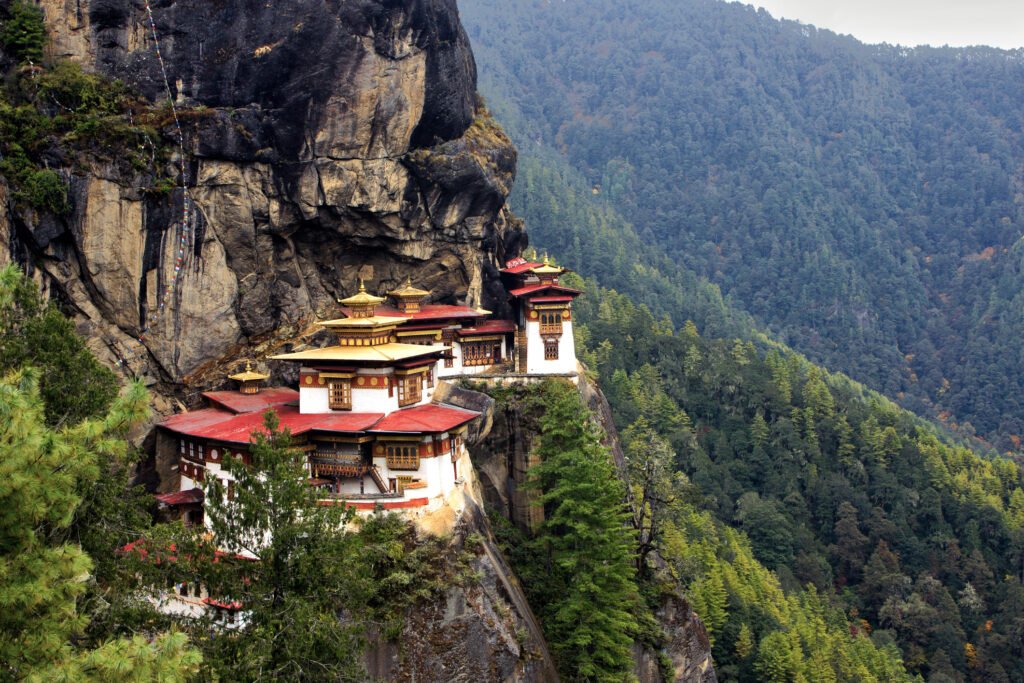
Embarking on a Culinary Adventure in Bhutan: A Journey for the Senses
To truly appreciate the flavors of Bhutan, you need to immerse yourself in its local culture and explore its diverse regional specialties. Here’s a guide to planning your own unforgettable culinary adventure:
- Farmhouse Visit and Cooking Class: Experience the authentic flavors of Bhutanese cuisine by visiting a local farmhouse and participating in a cooking class. Learn to prepare traditional dishes like ema datshi and momos using fresh, organic ingredients.
- Mountain Hike and Picnic Lunch: Pack a picnic lunch featuring local delicacies and embark on a scenic hike through Bhutan’s stunning landscapes. Enjoy your meal surrounded by breathtaking mountain views.
- Buddhist Pilgrimage: Enjoy shojin ryori with an experienced guide who will help you better understand Buddhist customs and traditions.
- Hot Stone Bath and Meal: After a rejuvenating traditional hot stone bath, savor a hearty Bhutanese meal at a nearby restaurant, warming yourself from the inside out.
- Yak Butter Tea Ceremony: Experience the unique tradition of yak butter tea, a staple beverage in Bhutan. Learn about its preparation and significance in Bhutanese culture.
- Attend a Local Festival: Many of the dishes in Bhutan come to life during local events.
- Sample Local snacks – Learn more about the local snacks to sample on foot.
Delving into History
The region’s history is deeply intertwined with the food of the people.
- Tibetan influence Early cultural dishes show the influence from its neighbor.
- Unique ingredients The land in Bhutan is not suitable for growing many grains, so they often rely on a number of unique vegetables and protein that define the ingredients.
- Buddhism. Buddhist traditions have long influenced the region with both recipes and a mindset.
- GNH – gross national happiness The idea that the government is pushing, it can be seen in the quality of food.
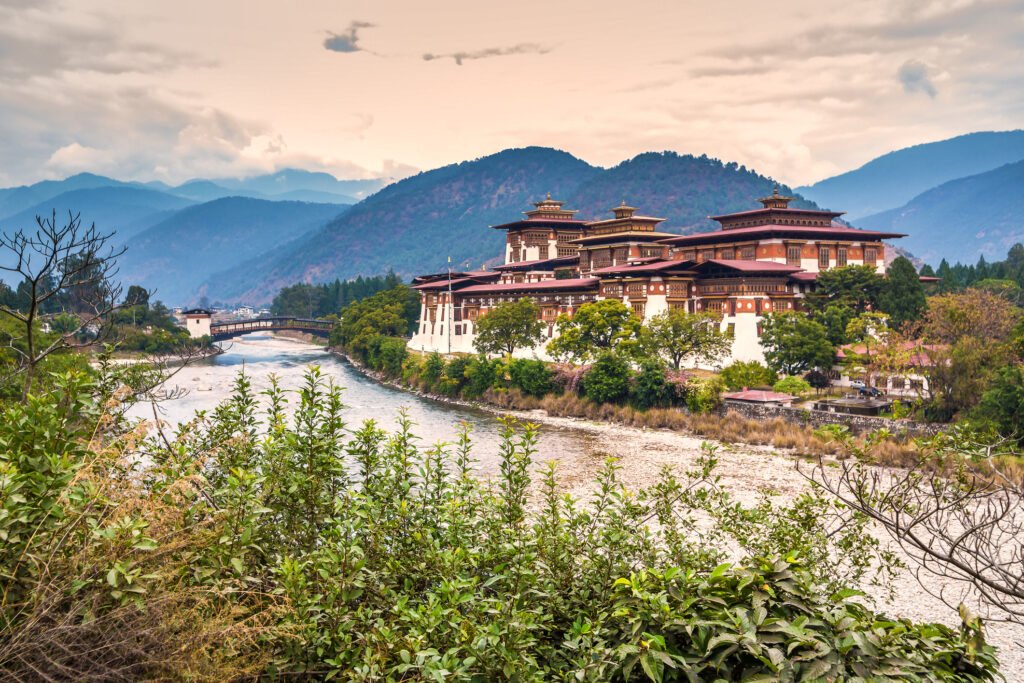
Traditional Meals
The region has many incredible eats, from spicy dishes to savory treats.
- Ema Datshi: What Bhutan is most famous for is this dish, consisting of chilies and cheese.
- Momos: Delicious dumplings.
- Phaksha Paa: A dish featuring pork and chili.
- Jasha Maroo: A spicy chicken stew dish
- Red Rice – This local crop is a very popular part of Bhutanese cuisine.
- Putta – It has a base of buckwheat noodles.
- Puta – Made out of buckwheat.
- Hoentay – Buckwheat dumplings.
- Suja. It is a salty butter tea with the added ingredient of yak butter.
- Zow Shungo – Rice dish that is a local favorite for the family
As you explore this region, plan accordingly!
- You will want to be a big fan of chili.
- The elevation is high, so be sure to hydrate.
- You can only enter through a tour guide.
Bhutan’s food is truly something to be remembered.
